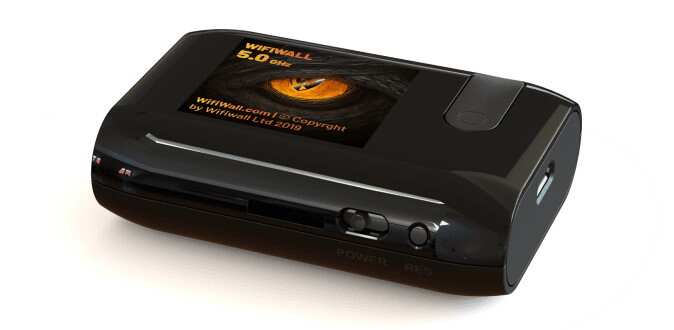By Max Maxfield, editor-in-chief, EEWeb
I don’t travel as much as I used to, but I still bounce over to England to visit my dear old mom whenever I can, and I occasionally rouse myself from my torpor to give awesome presentations at events like the Embedded Systems Conference (ESC), such as the “AI Apocalypse: Is It Time to Be Scared Yet?” extravaganza that I’ll be giving at ESC Silicon Valley, Aug. 27–29, 2019 (don’t worry, there’s still time to register).
Even when I’m close to home, I occasionally find myself in a coffee bar (or a hospital emergency room — it’s been a funny old year) availing myself of the free Wi-Fi services they offer.
I do, of course, use a virtual private network (VPN) on all of my machines, including my iPad Pro and my notepad computer. However, the way things are these days, with massive data breaches becoming an almost daily occurrence and with nefarious ne’er-do-wells lurking around every corner, you really cannot be too careful.
So you can only imagine my surprise and delight to hear about a recently launched Indiegogo project for a pocket-sized device called the WifiWall 5.0GHz (it actually supports both 2.4-GHz and 5.0-GHz Wi-Fi networks).

When an attack is detected, WifiWall 5.0GHz will alert you and disconnect you from the network before your system is damaged or your data is compromised.
Example of attacks detected and prevented by WifiWall are as follows:
- Rogue Access Point: The attacker creates a luring malicious Wi-Fi access point (AP) — for example, “Free NYC Wi-Fi 24/7.”
- Evil Twin Access Point: The attacker creates an identical AP to the one that you use in the airport, hotel, etc. You think that you are connecting to the real AP, but instead, you connect to the fake AP and the attacker has you where he (or she) wants you. For example, they may inject malware via the splash screen, etc.
- Connection Hijack: In this case, the attacker can hijack all of your traffic and, in the case of an open Wi-Fi network (as the networks in most airports and hotels are), can read, copy, and/or modify your data.
- Man-in-the-Middle Attack: The attacker can funnel all of your traffic via his (or her) machine while you think that you are still connected to the original AP.
- MAC Address Spoofing: The attacker acts like your device when referring and communicating with other devices or servers.
Click here for Max’s complete take on the Indiegogo project.
Advertisement
Learn more about Electronic Products Magazine





